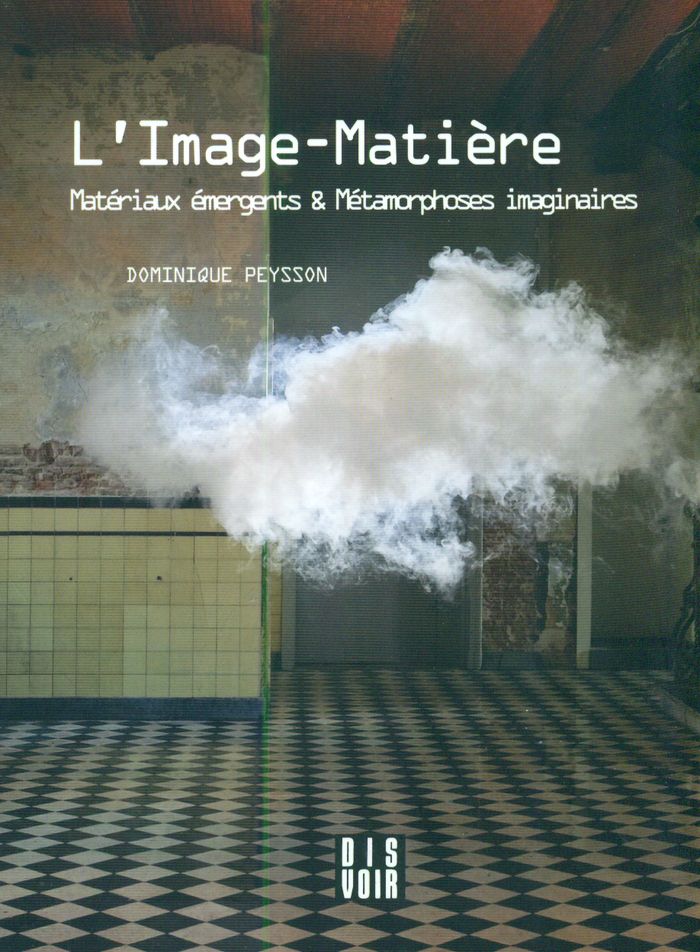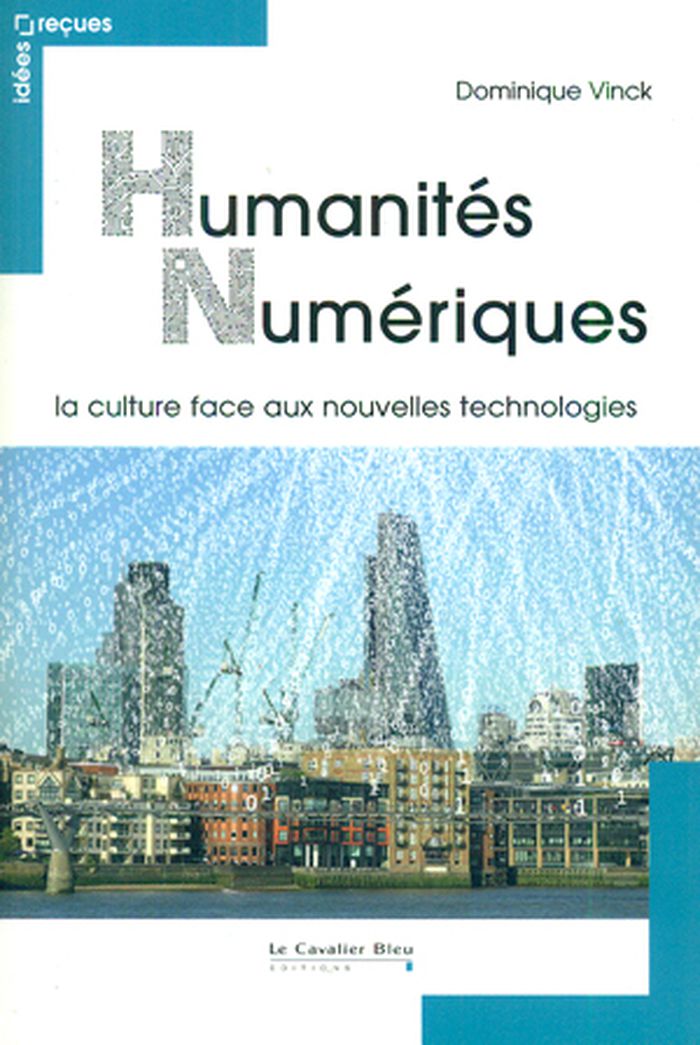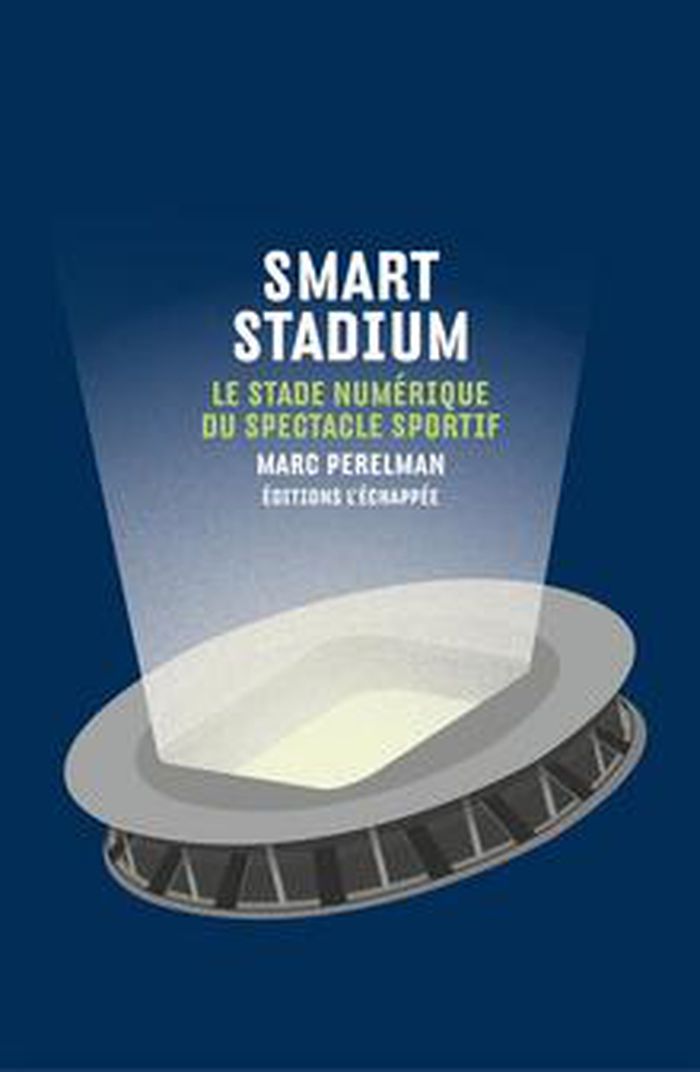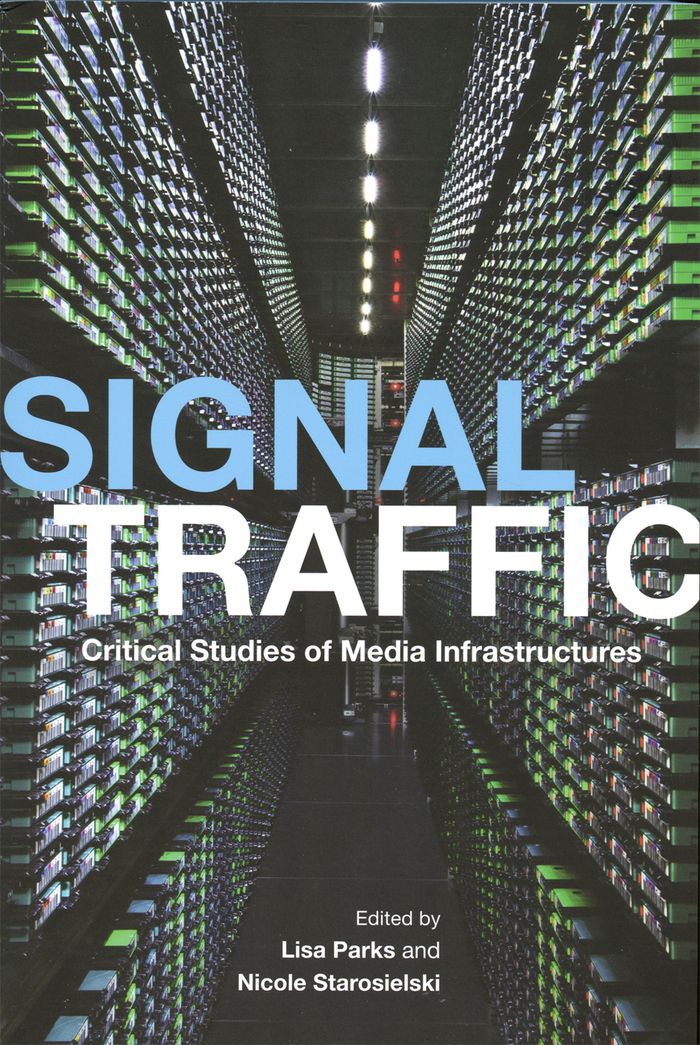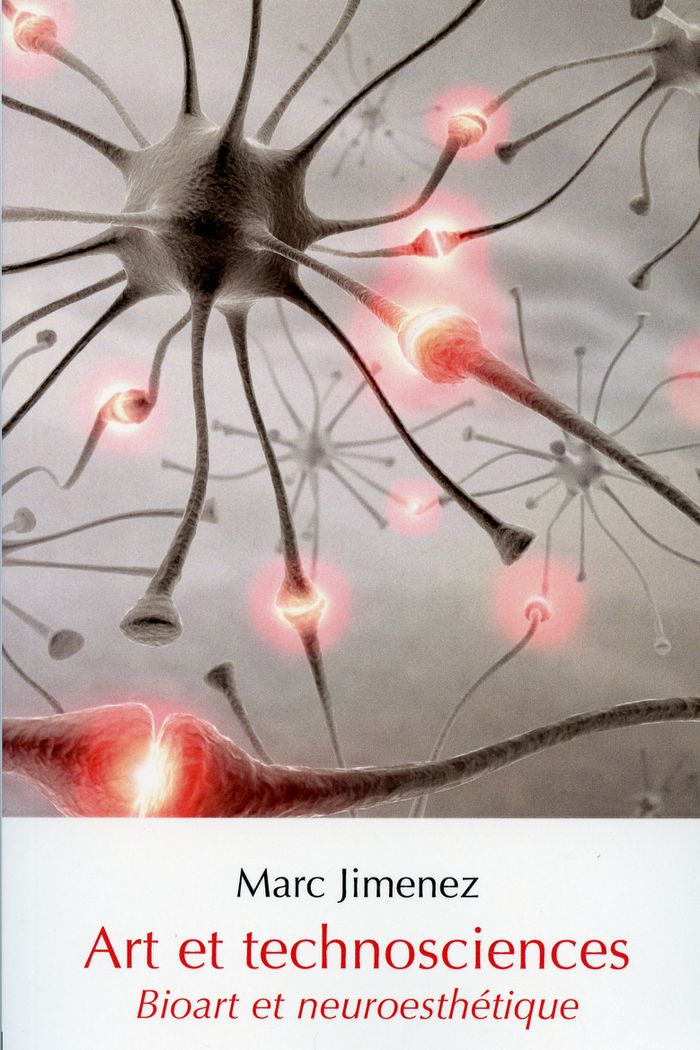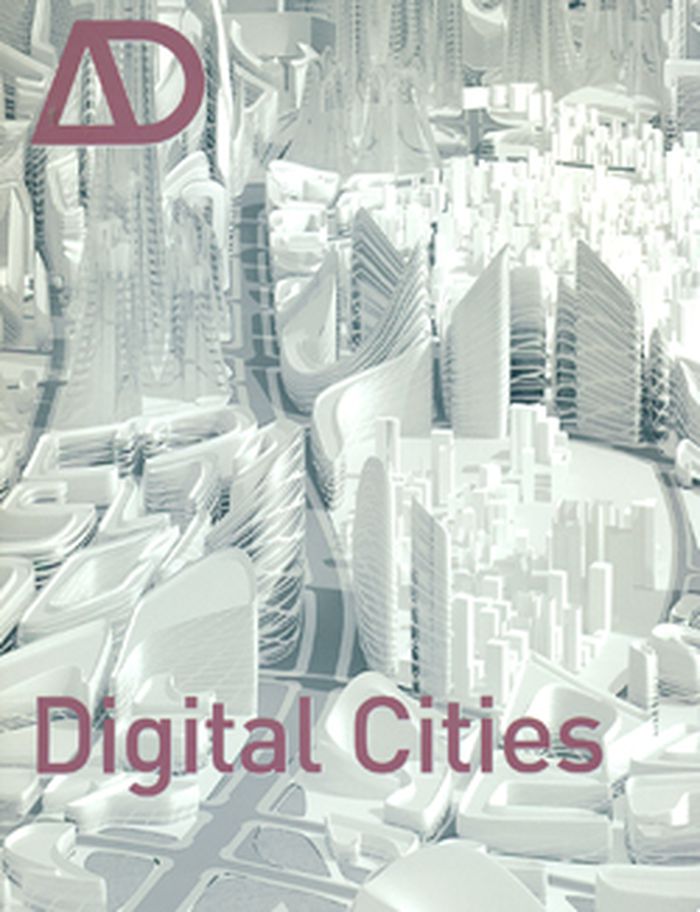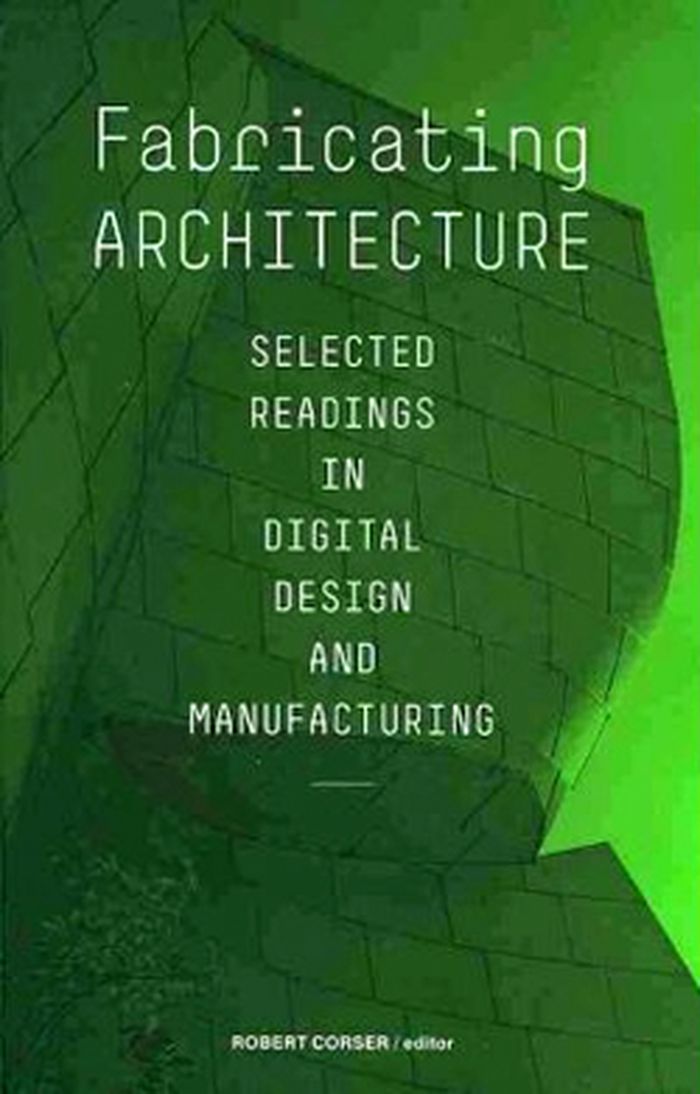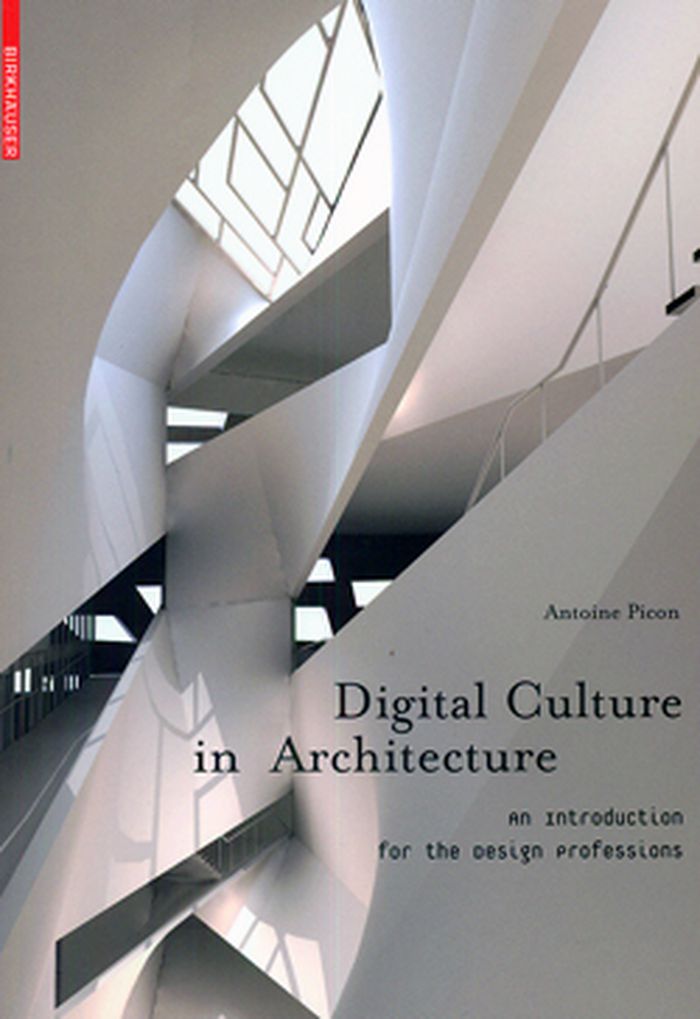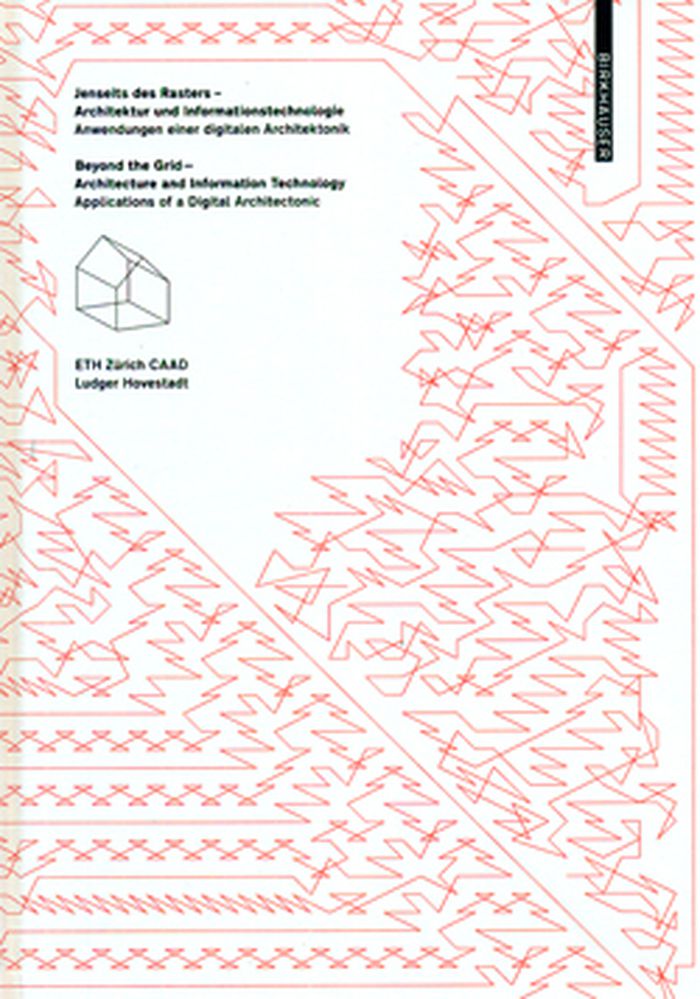$49.00
(disponible en magasin)
Résumé:
Il est maintenant possible de contrôler la structure de la matière à des échelles de taille si petites que les systèmes obtenus révèlent des propriétés hors du commun s'apparentant de plus en plus au vivant auquel ils sont parfois même hybridés. Dans ce monde en continuelle mouvance révélé par cette matière émergente, nos repères vacillent et il nous faut repenser(...)
avril 2016
L’image-matière: matériaux émergents et métamorphoses imaginaires
Actions:
Prix:
$49.00
(disponible en magasin)
Résumé:
Il est maintenant possible de contrôler la structure de la matière à des échelles de taille si petites que les systèmes obtenus révèlent des propriétés hors du commun s'apparentant de plus en plus au vivant auquel ils sont parfois même hybridés. Dans ce monde en continuelle mouvance révélé par cette matière émergente, nos repères vacillent et il nous faut repenser autrement notre appréhension du réel. Or, les images dont nous disposons pour nous saisir mentalement de ces transformations sont devenues inopérantes. Elles sont à redessiner, à mettre en relation, à assembler autrement. C'est en ces lieux que l'art contemporain peut venir jouer son rôle d'intercesseur entre la matière-forme et ses mises en pratique, entre la méta-réalité de l'oeuvre et notre capacité à penser ces nouvelles émergences. Proposer des image-matières pour nous aider à métamorphoser notre imaginaire, tel est le but de cet essai.
$37.95
(disponible sur commande)
Résumé:
Une synthèse sur les enjeux de l'arrivée du numérique dans les sciences humaines, suscitant à la fois des craintes et des espoirs. L'auteur met en avant l'argument de sciences humaines rendues plus utiles au contact des nouvelles technologies. Il fait entendre aussi les voix discordantes sur l'hégémonie des sciences dures et du monde anglo-saxon, la dématérialisation, la(...)
Humanités numériques : la culture face aux nouvelles technologies
Actions:
Prix:
$37.95
(disponible sur commande)
Résumé:
Une synthèse sur les enjeux de l'arrivée du numérique dans les sciences humaines, suscitant à la fois des craintes et des espoirs. L'auteur met en avant l'argument de sciences humaines rendues plus utiles au contact des nouvelles technologies. Il fait entendre aussi les voix discordantes sur l'hégémonie des sciences dures et du monde anglo-saxon, la dématérialisation, la fracture numérique, etc
Architecture numérique
$17.95
(disponible sur commande)
Résumé:
Proliférant sur l’ensemble de la planète, le stade est devenu l’un des plus puissants symboles d’une société mondialisée en proie à la démence financière et à l’aberration technologique. Lieu par excellence d’un ordre sportif –?en apparence?– immuable, son architecture est à la croisée d’une technologie esthétisée et d’une esthétique high-tech. Le stade contemporain a(...)
Smart Stadium: le stade numérique du spectacle sportif
Actions:
Prix:
$17.95
(disponible sur commande)
Résumé:
Proliférant sur l’ensemble de la planète, le stade est devenu l’un des plus puissants symboles d’une société mondialisée en proie à la démence financière et à l’aberration technologique. Lieu par excellence d’un ordre sportif –?en apparence?– immuable, son architecture est à la croisée d’une technologie esthétisée et d’une esthétique high-tech. Le stade contemporain a vite déployé et intégré les techno-logies numériques, faisant du sport un spectacle total et de lui-même un spectacle en tant que tel. Le spectateur y est absorbé par les écrans portables ou fixes, petits ou géants, contraint à une visualisation ininterrompue, à une attention soutenue et surtout à la dépendance totale vis-à-vis de la compétition sportive. Illustré de nombreux exemples, ce livre analyse le processus de numérisation intégrale du stade devenu une petite ville envahie d’objets et d’individus connectés, et rend compte des enjeux sécuritaires concomitants. Il montre comment le caractère asservissant du sport de compétition, décuplé par la numérisation du lieu même de sa pratique, pulvérise la conscience des individus.
Architecture numérique
$54.50
(disponible sur commande)
Résumé:
In this book, editors Lisa Parks and Nicole Starosielski use the term "media infrastructure" to signal a shift in critical focus and approach that questions the international telecommunication network as a given. Contributors instead confront vital questions concerning the multiple and hybrid forms networks take, the different ways they are imagined and engaged with by(...)
Signal traffic: critical studies of media infrastructures
Actions:
Prix:
$54.50
(disponible sur commande)
Résumé:
In this book, editors Lisa Parks and Nicole Starosielski use the term "media infrastructure" to signal a shift in critical focus and approach that questions the international telecommunication network as a given. Contributors instead confront vital questions concerning the multiple and hybrid forms networks take, the different ways they are imagined and engaged with by publics around the world, their local effects, and what human beings experience when a network fails.
Architecture numérique
$35.95
(disponible sur commande)
Résumé:
Un essai sur la neuroesthétique, espace interdisciplinaire entre esthétique, neurosciences et sciences cognitives. L'auteur s'interroge notamment sur la place de l'inné et de l'acquis dans l'expression de notre sensibilité au beau, sur les dispositions neuronales ou les processus physiologiques qui favorisent la reconnaissance et l'appréciation de la beauté.
Art et technosciences : bioart et neuroesthétique
Actions:
Prix:
$35.95
(disponible sur commande)
Résumé:
Un essai sur la neuroesthétique, espace interdisciplinaire entre esthétique, neurosciences et sciences cognitives. L'auteur s'interroge notamment sur la place de l'inné et de l'acquis dans l'expression de notre sensibilité au beau, sur les dispositions neuronales ou les processus physiologiques qui favorisent la reconnaissance et l'appréciation de la beauté.
Architecture numérique
AD: digital cities
$54.00
(disponible sur commande)
Résumé:
What is the impact of digital technologies on the design and analysis of cities? For the last 15 years, the profound impact of computer-aided techniques on architecture has been well charted. From the use of standard drafting packages to the more experimental use of generative design tools and parametric modelling, digital technologies have come to play a major role in(...)
AD: digital cities
Actions:
Prix:
$54.00
(disponible sur commande)
Résumé:
What is the impact of digital technologies on the design and analysis of cities? For the last 15 years, the profound impact of computer-aided techniques on architecture has been well charted. From the use of standard drafting packages to the more experimental use of generative design tools and parametric modelling, digital technologies have come to play a major role in architectural production. But how are they helping architects and designers to operate at the urban scale? And how might they be changing the way in which we perceive and understand our cities?
Fabricating architecture
$41.95
(disponible sur commande)
Résumé:
This concise reader brings together twelve key essays illustrating the full range of ideas embodied by the term digital design. With essays by critics, theorists, and architects such as Martin Bechthold, Achim Menges, Amanda Reeser Lawrence, and Kiel Moe, Digital Design and Manufacturing represents contemporary digital design thinking in architecture.
Fabricating architecture
Actions:
Prix:
$41.95
(disponible sur commande)
Résumé:
This concise reader brings together twelve key essays illustrating the full range of ideas embodied by the term digital design. With essays by critics, theorists, and architects such as Martin Bechthold, Achim Menges, Amanda Reeser Lawrence, and Kiel Moe, Digital Design and Manufacturing represents contemporary digital design thinking in architecture.
Architecture numérique
$68.00
(disponible sur commande)
Résumé:
Today's explosive developments in digital technology have also affected architecture and the urban landscape. The new possibilities opened up by digital simulation have led to an increasingly strategic approach to planning, an approach based on generating scenarios, which thus represents a radical departure from traditional planning. From the preliminary sketch all the(...)
Digital culture in architecture
Actions:
Prix:
$68.00
(disponible sur commande)
Résumé:
Today's explosive developments in digital technology have also affected architecture and the urban landscape. The new possibilities opened up by digital simulation have led to an increasingly strategic approach to planning, an approach based on generating scenarios, which thus represents a radical departure from traditional planning. From the preliminary sketch all the way to the production of individual building components, digital tools offer new possibilities that were still inconceivable just a few years ago. This volume provides a profound introduction to the important role of digital technologies in architectural design and related fields. In four chapters, the author systematically examines the influence of digital culture on architecture but also on the urban landscape as well as product design. The relationship of digital architecture to the city is also an important focus.
Architecture numérique
livres
$85.00
(disponible sur commande)
Résumé:
Le spectaculaire développement des techniques numériques a eu un impact direct sur l’architecture et la ville. La conception assistée par ordinateur et le développement de la simulation numérique ont permis l’émergence de formes nouvelles en même temps qu’elles ont accentué la composante stratégique du projet d’architecture et d’urbanisme. De l’esquisse préliminaire à(...)
Culture numérique et architecture : une introduction
Actions:
Prix:
$85.00
(disponible sur commande)
Résumé:
Le spectaculaire développement des techniques numériques a eu un impact direct sur l’architecture et la ville. La conception assistée par ordinateur et le développement de la simulation numérique ont permis l’émergence de formes nouvelles en même temps qu’elles ont accentué la composante stratégique du projet d’architecture et d’urbanisme. De l’esquisse préliminaire à la production de composants préfabriqués, les outils numériques offrent des possibilités qui étaient encore inconcevables il y a quelques années. Ces possibilités soulèvent également de nombreuses questions concernant les défi s qui attendent la discipline architecturale.
livres
juin 2010
Architecture numérique
$69.95
(disponible sur commande)
Résumé:
Hovestadt's Institute for Computer-Aided Architectural Design at the Eidgenossische Technische Hochschule (ETH) Zurich (Swiss Federal Institute of Technology, Zurich) is widely regarded as one of the world's most important institutes currently working at the interface between architecture and information technology. As a universal tool, the computer encourages one to(...)
Beyond the grid: Architecture and information technology
Actions:
Prix:
$69.95
(disponible sur commande)
Résumé:
Hovestadt's Institute for Computer-Aided Architectural Design at the Eidgenossische Technische Hochschule (ETH) Zurich (Swiss Federal Institute of Technology, Zurich) is widely regarded as one of the world's most important institutes currently working at the interface between architecture and information technology. As a universal tool, the computer encourages one to think in terms of information structures and systems that span individual fields. This "rethinking" of the nature of architecture is leading to a paradigm shift at the methodological level of design, planning, construction, and economy. After a decade of experimentation, it has now become possible to see information technology for architecture as the basis for a new and energy-saving practical approach to building.
Architecture numérique
